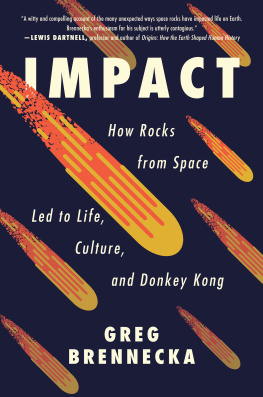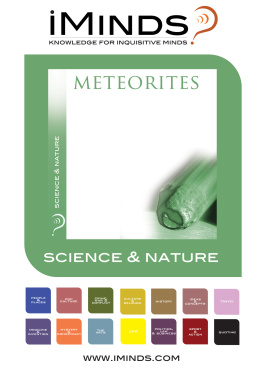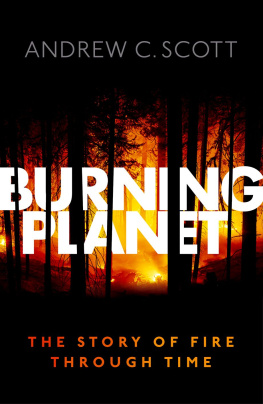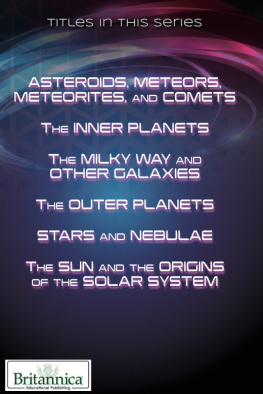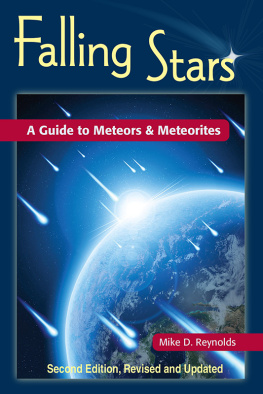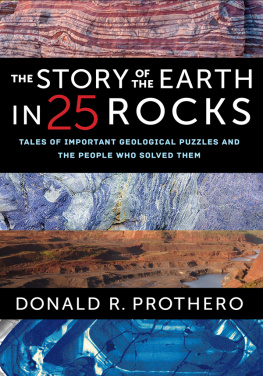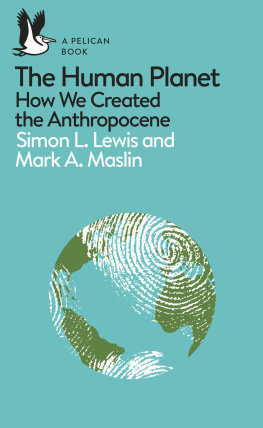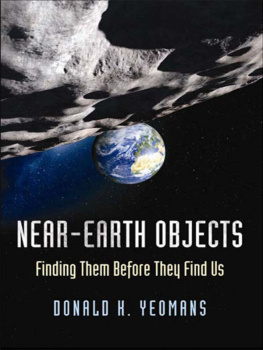Contents
Guide
To Celeste, Haloumi, and Cosmo. And to those brave enough to search for answers, be themselves, and enjoy life.
Contents
The Universe. The Solar System. Earth. Life. Humanity. Religion. And of course, Donkey Kong. These are all immense and fascinating subjects in their own right, but there is something they all have in common, something physical that connects these diverse dots together. If you were to poll a million random people on what that connection is between those dots, probably zero would pick meteoritesbut the reality is that rocks flying around the cosmos not only built our physical world and laid the foundation for life to exist, they also have had an inordinate influence on the various nonconcrete constructions of civilization. Meteorites are not just museum relics or interesting items to buy on the Internet as physical reminders of the death of the dinosaurs; they represent the origins of Earth and humanity.
Rocks from outer space not only create stories, but they tell them also. These scientific objects link the formation of the Solar System to the present day, acting as time capsules of information that extend billions of years. Humanitys pursuit of knowledge about the creation and evolution of the physical environments throughout the Universe utilizes meteorites in a variety of ways, as these rocks are often the only windows we have into the environments in which they were created. Meteorites may be cool trinkets to some, they may be terrifyingly deadly objects to others, they can indeed be functional doorstops, but meteorites are also incredible scientific tools for studying the past. This book is a discussion of how meteorites have influenced our planetsince it was created until the present dayand what we have learned about our physical environments once we started to study meteorites as scientific objects.
The Beginning of Time and Space
When you are looking through a telescope, either in your backyard or at images from something as spectacular as the Hubble Space Telescope, you are essentially looking back in time. If you focus your telescope on something a million light-years away, then the light you are perceiving is a million years behind what actually is happening in that part of the Universe. On human time scales, this would be akin to just now being able to watch the 2015 World Series for the first time. Because the Universe has been expanding for such a long time, there are some objects that are pretty darn far away from us, both in space and time, and this allows astronomers to look at innumerable objects billions and billions of years in the past, informing us how galaxies and stellar systems form and evolve. If we look really far back to the start of it allthe Big Bang 13.7 billion years agowe have to use a combination of telescopes, particle physics, and loads of mathematics. When we do this, it is very clear that the Universe was a very different place than it is now. First of all, there were only a few elements: hydrogen and helium were the only major players, and only traces of lithium and beryllium were to be found. That was itno aluminum, no iron, no neon, and no einsteinium. For quite some time, it was essentially just an expanding hot cloud of protons, neutrons, electrons, and probably cockroaches. After a while, nuclear fusion started inside early stars; nuclear fusion is basically a way of merging ingredients like hydrogen and helium to get heavier elementsa process that ratchets up over time, creating even heavier elements. And since stars started forming, they also eventually started dying. When a star reaches the end of its life, one way or another, it spews its guts over the cosmos, providing seed materials (elements like iron or neon) for the next generation of stars to repeat the process with a slightly heavier starting point. This process is what Carl Sagan was referring to on an episode of PBSs much-loved Cosmos:
The cosmos is also within us. Were made of star stuff.
This famous line may seem an oft-repeated trope to some, but regardless of whether you have heard this many times before or if this is the first, this quote captures an incredible amount. It is simple, but it gets at the heart of what the Universe is: a giant recycling program.
The primary reason we know so much about this impressive recycling program is our ability to look backward in time at other star systems using telescopes, but, unfortunately for those interested more locally on how our own stellar system formed and evolved, we are restricted to present-day programming only. We know that our Solar System was born from the remnants of exploded stars: the Sun, the planets, comets, meteorites, Jimmy Fallon, etc. are all products of previous generations of stellar systems; this is just the latest iteration of the assemblage of those particular atomic particles. But how do we learn about the early days of the planetary bodies familiar to us? The light we get from the Sun only takes 8 minutes and 20 seconds to get to Earth, so the looking-back-in-time trick is not particularly helpful if we are trying to study something that happened in the Solar System over 4.5 billion years ago. Luckily for us, there remains a way to look back in time at our stellar neighborhood, and that is in the form of fossils that recorded the important events of our Solar Systems origins. These fossils are meteorites, and these physical remains are largely the reason we know so much about the formation and evolution of our pettily little Solar System.

Categorically not to scale, and only a partially accurate timeline of the Universe and accompanying snapshot of the modern Solar System.
So What Is a Meteorite?
Meteorites go by a lot of names depending on their stage of existence. They are asteroids when orbiting the Sun, meteors for a literal hot-second as they streak across the sky, and they become meteorites once they land as an alien interloper on Earth. But they are all the same objects, just different names for different times. Think of meteorites like the musician Prince. He was born in Minnesota as Prince Rogers Nelson, but became an international superstar known simply as Prince. He then changed his name to the unsayable symbol of love, at which time he was widely known as The artist formerly known as Prince. He eventually dropped the symbol moniker to go back to his given first name. Yet, for all this name changing, he never strayed from being the same eclectic and talented individual dressed primarily in purple. This is essentially how it is with asteroids/meteors/meteorites, minus the killer guitar solos and flamboyant stage presence.
With the nomenclature stuff out of the way, very simply stated, most meteorites are pieces of our early Solar System that never really matured into legitimate planets. They are gatherings of cosmic dust and galactic garbage that coalesced into a stony object that then, fortuitously for us, found its way onto the surface of Earth. Most meteorites are thought to come from the asteroid belt, a loosely organized collection of floating rocks between Mars and Jupiter. The main asteroid belt is a mix of many different things: dust, small pebbles, large primitive chunks of Solar System material, broken pieces of former planets, and stuff that was never big enough to call anything other than the dismissive-sounding planetesimal.

